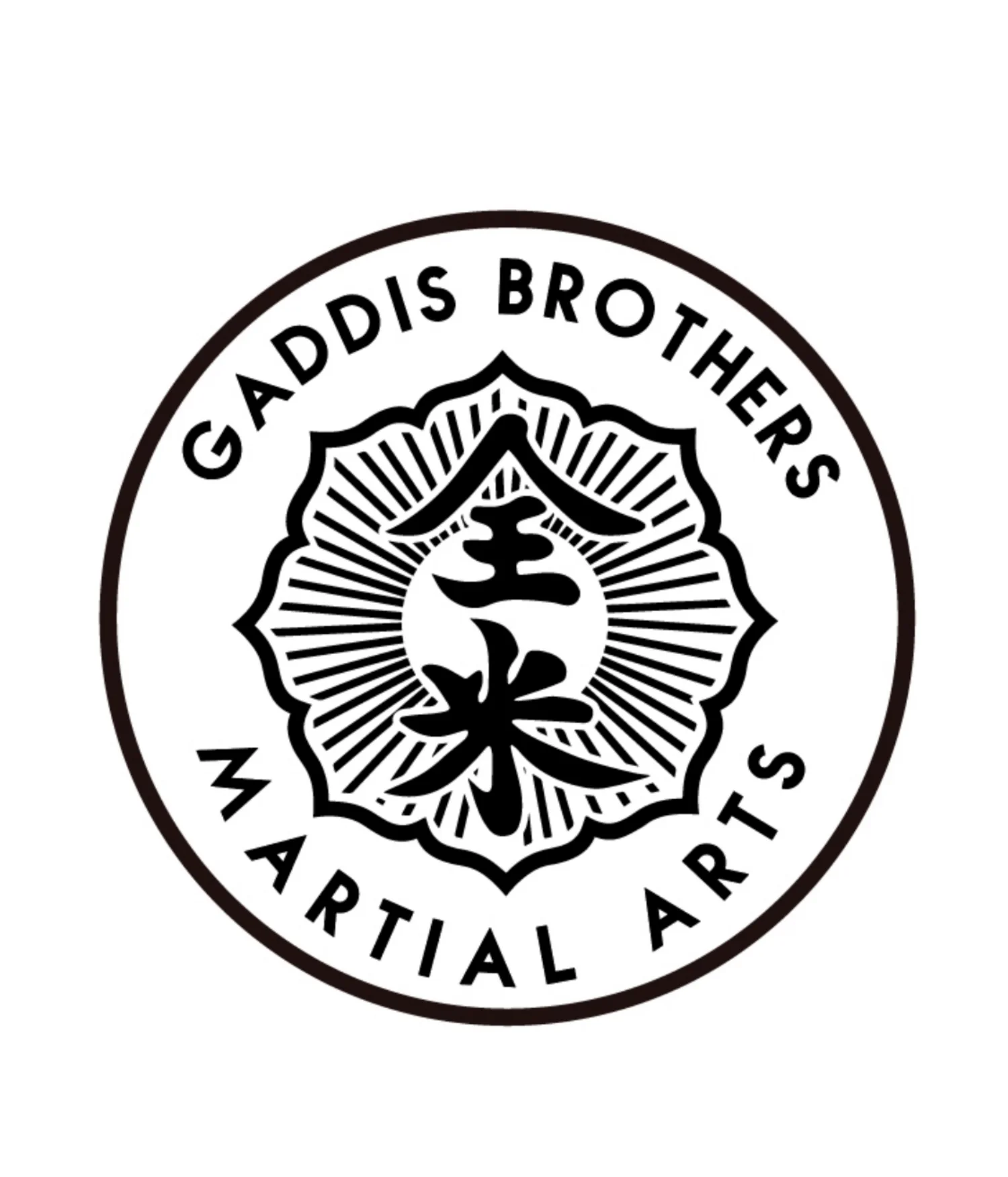Heiho: Martial Arts Strategy
/When I face obstacles and challenges, of personal, familial, or business related, I've learned to turn to my support network to settle myself. That network for me is martial arts! My mentors, friends, notes, photos, students, etc. I try to draw some inspiration and lesson from them to help me get through, over or past whatever is bringing me down. And while I admit to myself I'll probably have to relearn the same lessons more than once until they sink in firmly, I am reassured because I have such a great wealth of support to help me along the way. I looked up some old notes to do just that earlier today and thought I'd share them here...
This blog post subject is Heiho or martial arts strategy. These are three of the basic or simplest types of strategy is traditional budo (martial arts/way). These are my takes on the strategies and reflect my experiences. Like any art, martial arts and its participants are constantly evolving and my reflections on these strategy have evolved over time as well. They can be useful in besting all different types of challenges!
I credit my understanding of Go no Sen (counter attack) to my Sensei, Dean Romanelli of Detroit, MI, whom I remember stressing the importance of response over reaction many times in the dojo.
Strategy and Principles: Heiho
“Only the one with the Initiative has the right to attack”
Sen:
Sen: Initiative (attack) “see first with your mind, then with your eyes and finally with your body”
Sen is the simplest strategy for the uninitiated to understand yet is the apex of complexity for the initiated. While the layman surely thinks attack is the beginning of the battle, the first step, the crucial step, to the veteran the attack is simply the continuation of strategy executed at a time and point of choice. Sen, or the initiative, can be psychological or physical. Both psychological and physical initiative can be attained verbally and non verbally.
Tai no Sen: Body/Physical Initiative (direct and overwhelming attack)
Here is the pure physical act of overcoming another human being with an attack. Here again the layman will jump to superior force and physicality. The veteran will surely understand that this means attack with superior technique, and as we know superior technique means many things but chiefly it means superior timing. What is the point of the tirelessly studying martial arts if not to be confident in the face of superior force (strength). So while the uninitiated will attack with force, they rarely have a plan for what happens after the initial Tai no Sen, and in the course of engagement, tire to the point of exhaustion. The initiated practitioner seizes the physical initiative through timing thus controlling the course of the engagement and overwhelms the opponent through direct physicality but with technique, be it targeted striking, takedowns, throws, chokes/strangles, and locks all utilizing body dynamics and mechanics that form pure technique. Make no mistake, the veteran understands two things very well: first, technique is pure and flawless, if there are flaws, they lay with the person attempting the technique, and secondly, no one can fight mechanical advantage. The veteran uses these two indisputable maxims to shape his strategy of technique to seize the initiative in Tai no Sen.
Go no Sen: Counterattack
There are two ways to interpret this principle: responsive or reactive. One should be embraced and one should be reviled. To react is to do without thinking, or to act instinctually. Now do not take that to mean instinctual reactions are all bad, they are not. They are just bad in the context we are discussing here. For example, instinctually pulling your hand back from a hot surface without much contemplation is definitely a plus. Instinctually reacting with visible hostility or annoyance at someone’s vague verbal statement that leads to further conflict is definitely a minus. Bottom line here, if you find yourself in need of a counter, you screwed up a long time ago! Somewhere, somehow, control of the situation, whatever it may be, got away from you. Now you must decide, how will you respond with your counterattack to take back control, to take back the offensive position. Speaking generally, responsive counterattacks are thought out along the lines of SA (situational awareness). Being aware of what the situation is will dictate how proportional your counterattack is, how immediate, how dire, how much fight will be involved. If you are a veteran (why are you in this position?) this will all happen in the span of milliseconds or seconds. Human reaction time is about three tenths of a second. We train and train and train to add what we are training to current muscle memory. Everyone has muscle memory. It is, at the most primal level, instinctual. Then we add things like bike riding, teeth brushing, shoelace tying etc. to this list. As martial artists we train to add technique, strategy and responses to this otherwise reactive skill set. Once your brain is aware of the situation, it will determine the responsive counterattack, and if you have trained well, your counterattack will prevail because it has what the reactive attack lacks, thought!
I hope these three basic principals and my thoughts on them were clear and to the point. In the future I hope to delve into some of the more advanced strategies and their usefulness to martial artists.
Kanpai!
John Gaddis, Sensei
Gaddis Brothers' Classical Martial Arts

